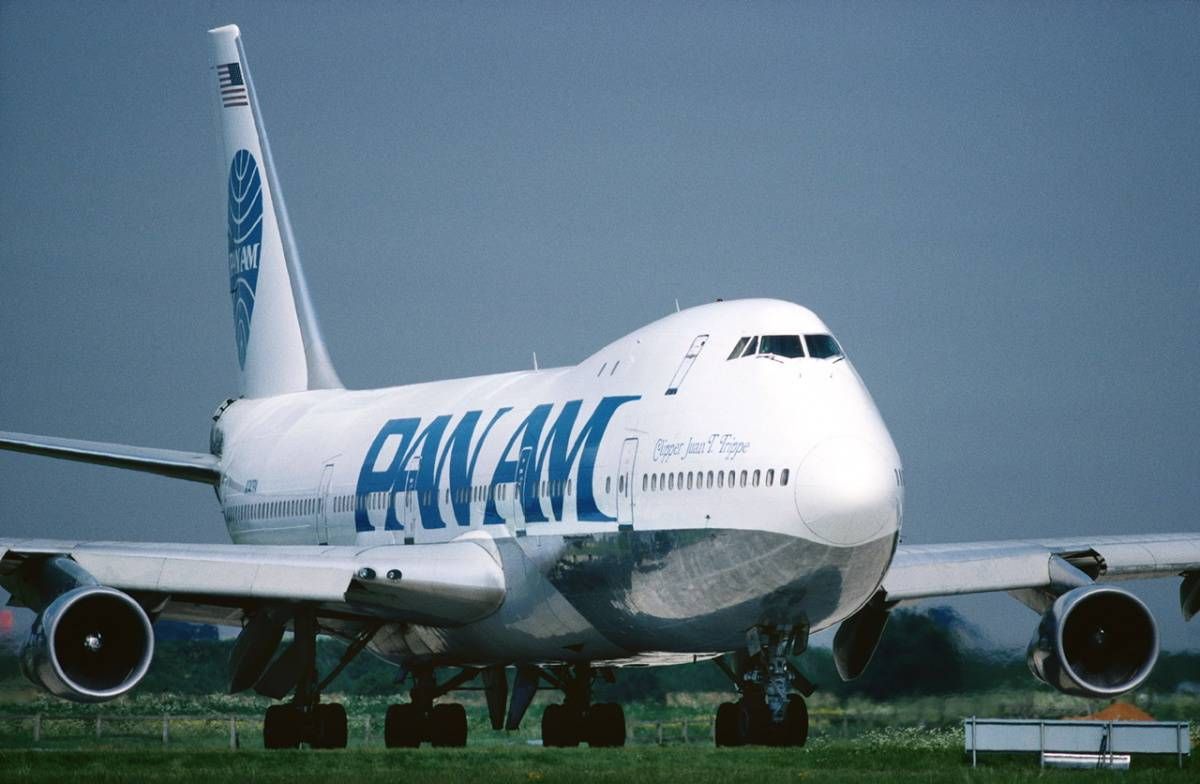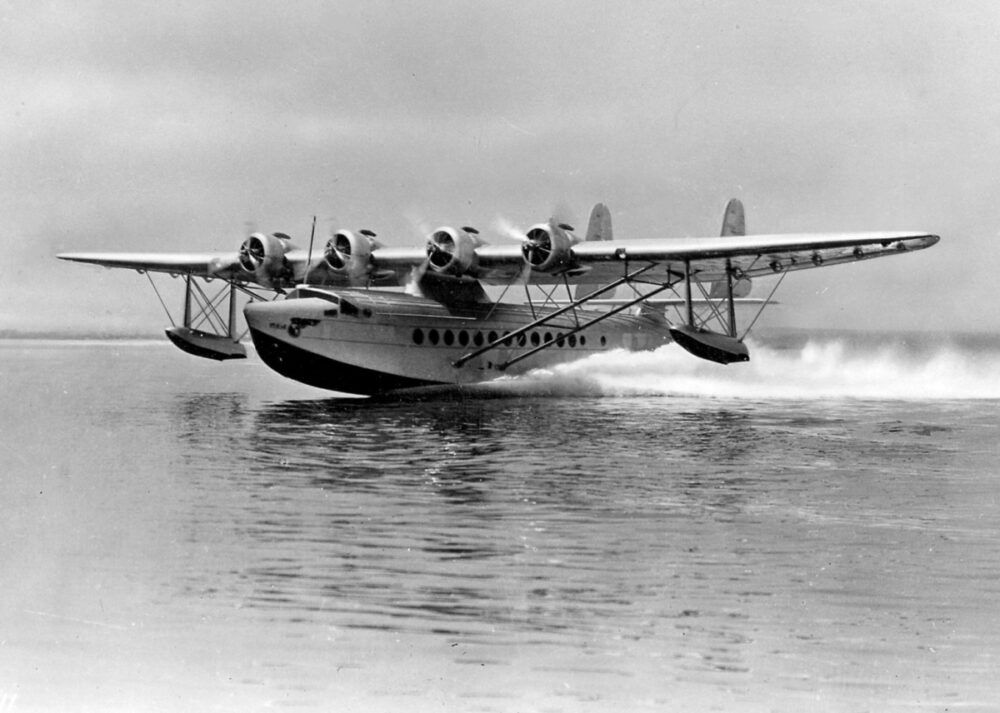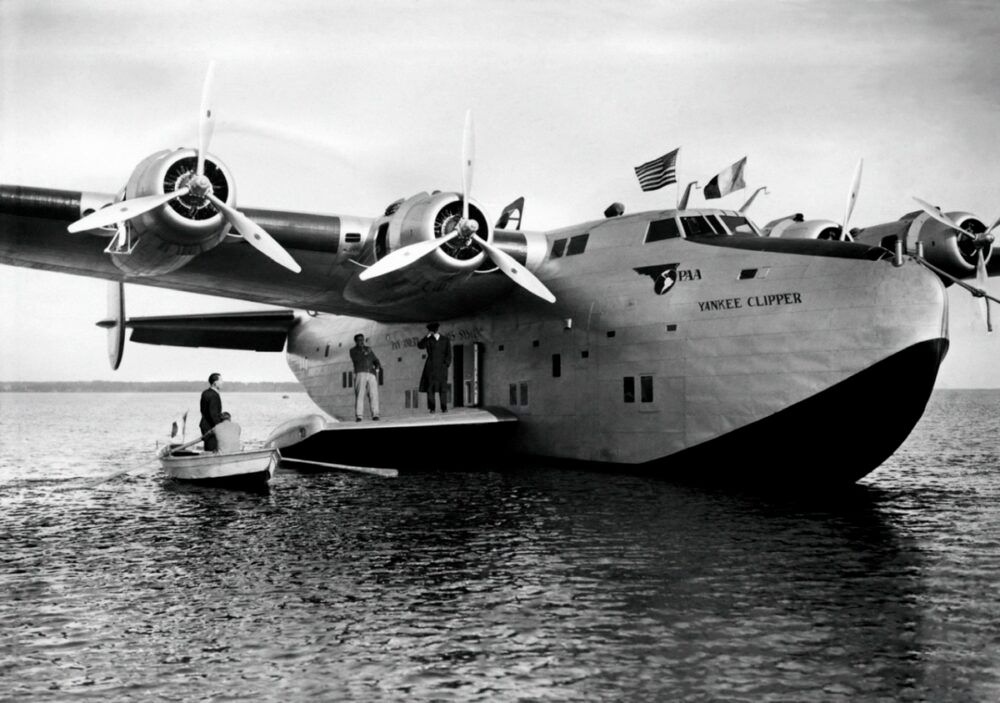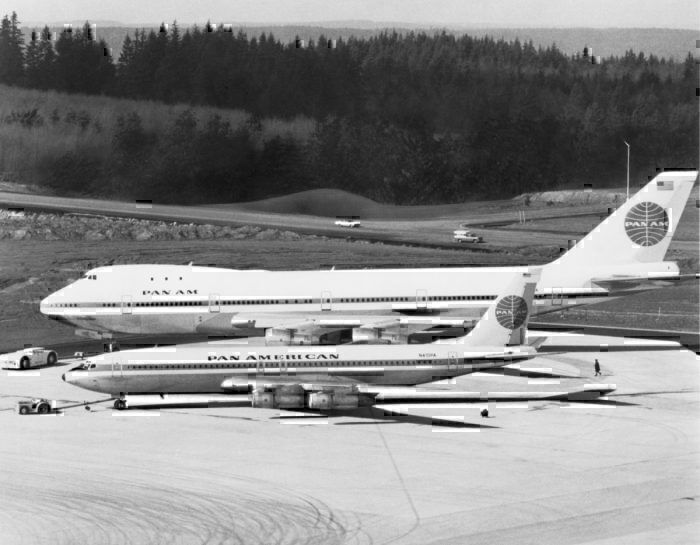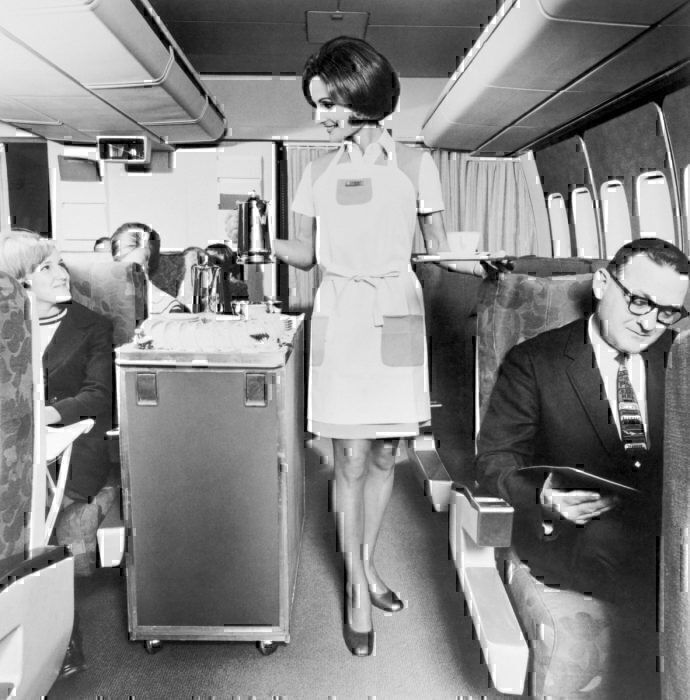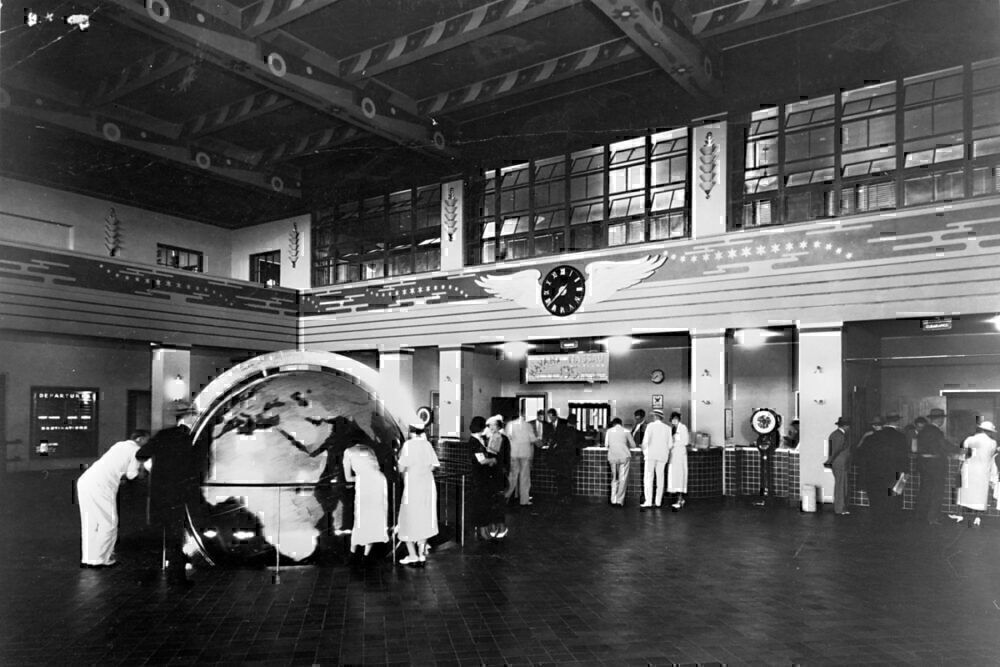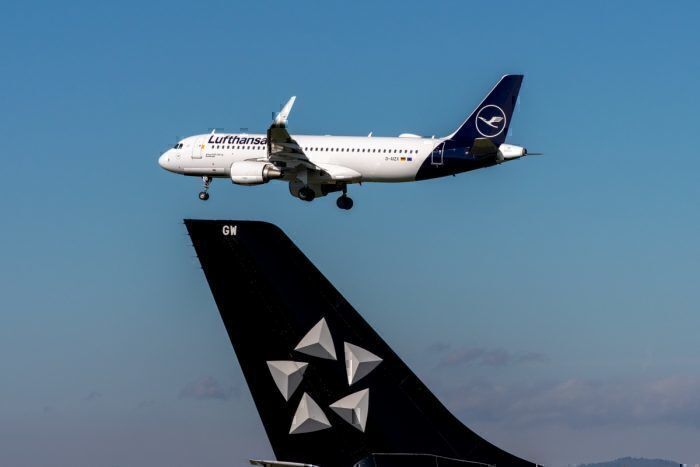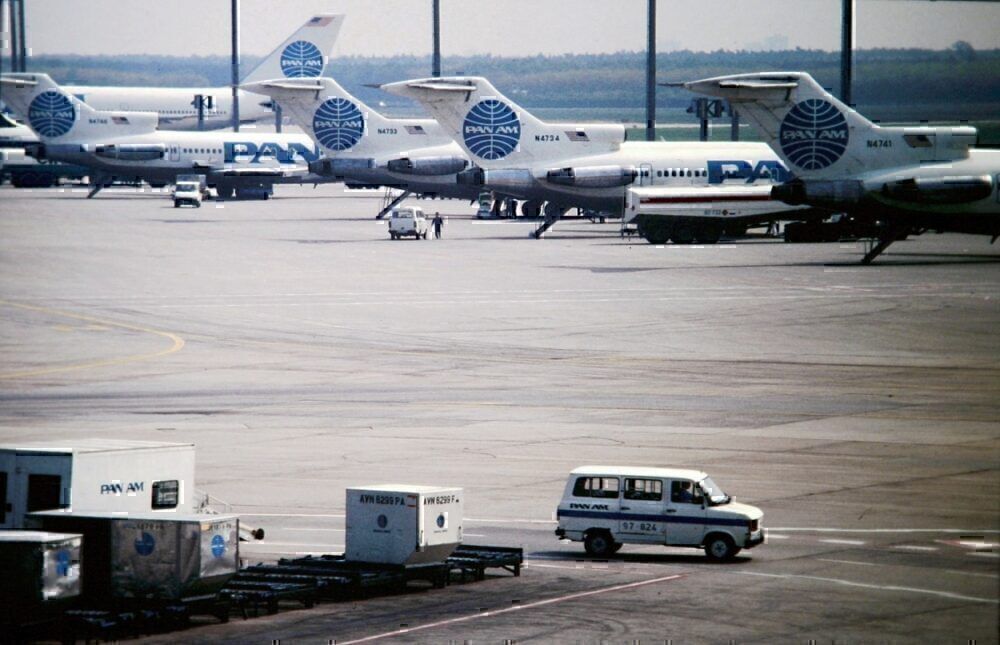Pan Am is one of the best know historic airlines, and for a good reason. Over its 64 year history, it built up an extensive medium- and long-haul international network, operating the newest aircraft with a well-trained crew and excellent onboard service. Had it not met its end in 1991, how would the airline look today? If it could have built up more domestic services, perhaps it would be a leading alliance member. But of course, a lot could have happened on the way.
Leading international airline
Pan American World Airways (Pan Am) was founded in 1927. It had an international focus from the outset, starting with mail services between the United States and Cuba. In 1928, this expanded to passenger service and throughout the 1930s to several more Latin American destinations using various flying boat aircraft.
This international expansion continued with the Boeing 314 ‘Clipper’ flying boats. Nine of the twelve aircraft built by Boeing flew with Pan Am, serving transatlantic and transpacific routes, of course, with multiple stops. These were luxurious and expensive services, with dressing rooms, dining rooms, and six-course meals for passengers.
Introducing the Boeing 707 and the 747
Pan Am was at the forefront of taking aviation into the jet age. It was the launch customer for the Boeing 707. And it worked with Boeing to develop the 747 for passenger service (based on a previously failed contract for a military air transport aircraft). It was this large initial order and commitment from Pan Am that made the 747 possible.
In the year after the launch of the 747, in January 1970, Pan Am served 11 million passengers to 86 different countries. And while the luxuries of the flying boat were never seen again, Pan Am was known for excellent levels of service and comfort.
Failure of Pan Am - 1991
But Pan Am’s glory days were not to last forever. By the 1980s, the market had changed significantly, and Pan Am had begun to suffer. Deregulation of the US aviation industry brought increased competition, and Pan Am struggled with its international focussed route network. The energy crisis in the 1970s and rising fuel costs brought additional pressure.
The reputational damage from the bombing of a 747 over Lockerbie in 1988 was about the final straw. After selling off some of its routes, Pan Am finally ceased operations in December 1991.
Pan Am today – unlikely to operate only international routes
Had Pan Am been able to weather these problems, perhaps through financing or restructuring, it would likely have looked very different today. Its focus on international service was probably a significant contributor to its downfall. Like the major US airlines today, it would have needed to start such services to continue.
With the rise of other competition, perhaps it would have focussed on its original strengths of serving Central and South America, likely from a base in Miami.
It is also doubtful that its spacious seating and top-level service would have continued. There has been a lot of change in this area since the 1990s, and to stay competitive, we would likely see the same dense seating configurations common in all economy cabins. Although, hopefully, it would have continued to set itself apart with top-end premium cabins, using its long history to differentiate itself from new low-cost airlines.
A leading alliance member?
Pan Am was a pioneer in many areas – including new routes, the introduction of new aircraft, and some of the earliest loyalty and frequent flier programs. It was also a founding member of IATA.
It operated before the rise of the global airline alliances. But if it was around then, it would likely have led the way in their formation. With competitor TWA later being acquired by American Airlines (a founding member of the Oneworld alliance), perhaps Pan Am would have joined the first of the alliances, the Star Alliance, in 1997.
And with its strong international focus, codeshares would also have become necessary for Pan Am. While it didn’t use these in the 1980s and 1990s, it likely would today. It would have codeshares for onward flights from major overseas hubs, perhaps with airlines like Singapore Airlines, ANA and Asiana in Asia. In Europe, they may well have cooperated with British Airways, or maybe Air France, for onward connections from transatlantic flights.
A lot has happened in aviation since Pan Am ceased operations in 1991, and it is obviously hard to speculate how things would have looked today. We’d love to hear your thoughts on Pan Am, its operations, service, or how it could have operated today. Let us know in the comments.

